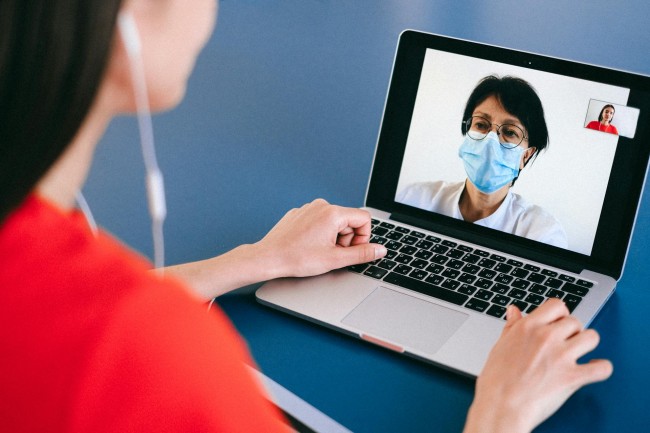
In healthcare, one of the most significant advancements in recent years is integrating technology into various aspects of medical administration and patient care.
Virtual Medical Administrative Assistants (VMAAs) are at the forefront of this revolution, a groundbreaking innovation reshaping how healthcare providers manage their workload, interact with patients, and streamline their services.
This shift towards digital assistance is not just a fleeting trend; it’s a fundamental change in the healthcare industry’s approach to efficiency, accessibility, and quality of care.
The Rise of VMAA
Virtual Medical Administrative Assistant represents a significant leap forward in medical administration. Unlike traditional administrative staff, these digital assistants leverage cutting-edge technology, including artificial intelligence (AI), machine learning, and natural language processing, to perform various tasks.
From scheduling appointments to managing patient records, VMAAs are designed to handle the administrative burdens that often overwhelm healthcare professionals. This shift allows medical staff to focus more on patient care than administrative tasks, increasing efficiency and improving patient experiences.
Transforming Patient Interaction and Care
One of the most noticeable impacts of VMAAs is in the realm of patient interaction. These assistants can respond immediately to patient inquiries, schedule appointments, and even send reminders for medication or upcoming consultations.
This level of interaction, which was once heavily dependent on human administrative staff, is now more efficient, error-free, and available 24/7. Moreover, VMAAs can personalize interactions based on patient history and preferences, making healthcare more patient-centric.
Streamlining Healthcare Operations
In addition to enhancing patient interaction, VMAAs are instrumental in streamlining healthcare operations. They can manage large volumes of data, including patient records and inventory management, with ease and accuracy.
This capability not only reduces the likelihood of human error but also ensures that healthcare providers have up-to-date information at their fingertips. This real-time data management is crucial for making informed decisions, particularly in emergency situations where every second counts.
Bridging the Gap in Healthcare Accessibility
Another significant advantage of VMAAs is their role in improving healthcare accessibility. Virtual assistants can be a lifeline for patients in remote or underserved areas, offering access to medical advice and support that might otherwise be unavailable.
Furthermore, for patients with mobility issues or immunocompromised, VMAAs offer a safe and convenient way to interact with their healthcare providers without needing physical travel.
The Challenges Ahead
Despite the numerous benefits, integrating VMAAs into the healthcare system is challenging. Issues such as data security, patient privacy, and the need for continuous technological upgrades are critical concerns that must be addressed.
Additionally, ensuring that these virtual assistants are seamlessly integrated into existing healthcare systems without disrupting established workflows is challenging.
Moreover, as VMAAs become more prevalent, there is a growing need for regulations and standards to ensure they are used ethically and effectively.
The healthcare industry must work closely with technology developers, policymakers, and regulatory bodies to create a framework that supports these assistants’ safe and beneficial use.
The Human Element in Healthcare
It’s important to acknowledge that while VMAAs can significantly enhance efficiency and accessibility, they cannot replace the human touch that is often essential in healthcare. The empathy, understanding, and compassion that healthcare professionals offer cannot be replicated by AI.
Therefore, the goal of integrating VMAAs should not be to replace human workers, but to complement and support them, allowing them to focus on what they do best – providing care beyond just medical treatment.
Looking Towards the Future
As we look to the future, the potential of VMAAs in healthcare is immense. These virtual assistants could evolve to handle administrative tasks and assist in diagnostic processes, patient education, and even therapeutic roles.
The ongoing advancements in AI and machine learning will undoubtedly unveil new possibilities for enhancing patient care and healthcare management.
Conclusion
Virtual Medical Administrative Assistants are undeniably changing the game in the healthcare industry. They offer a way to improve efficiency, enhance patient care, and make healthcare more accessible.
However, as we embrace this technological shift, it is crucial to navigate the challenges judiciously and remember the value of the human element in healthcare.
The future of healthcare with VMAAs looks promising, and it is up to us to harness their potential responsibly and innovatively, ensuring that technology serves the best interests of patients and healthcare providers alike.

1 comment
This is a fantastic overview of how Virtual Medical Administrative Assistants (VMAAs) are transforming the healthcare industry!